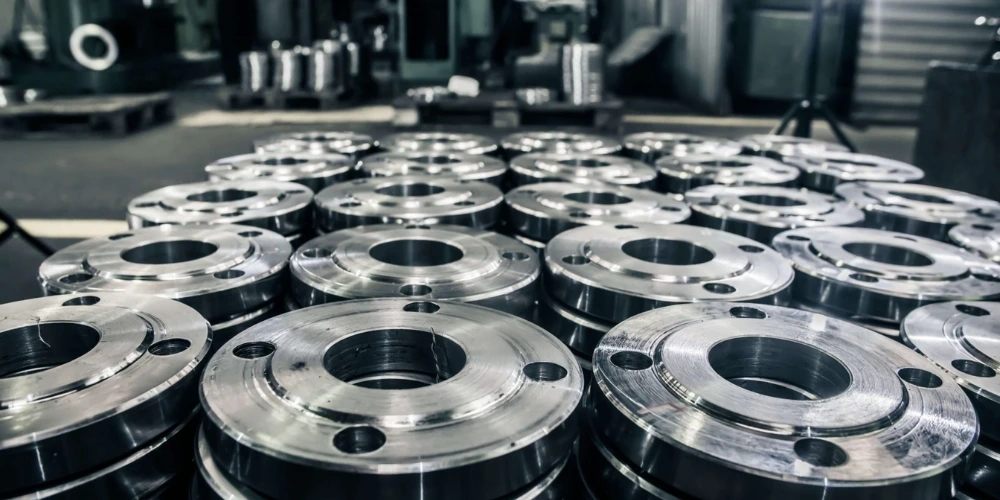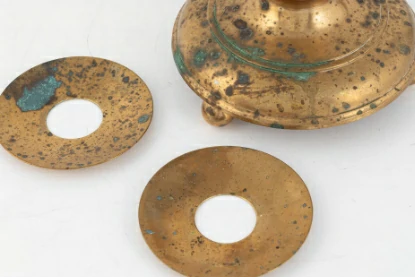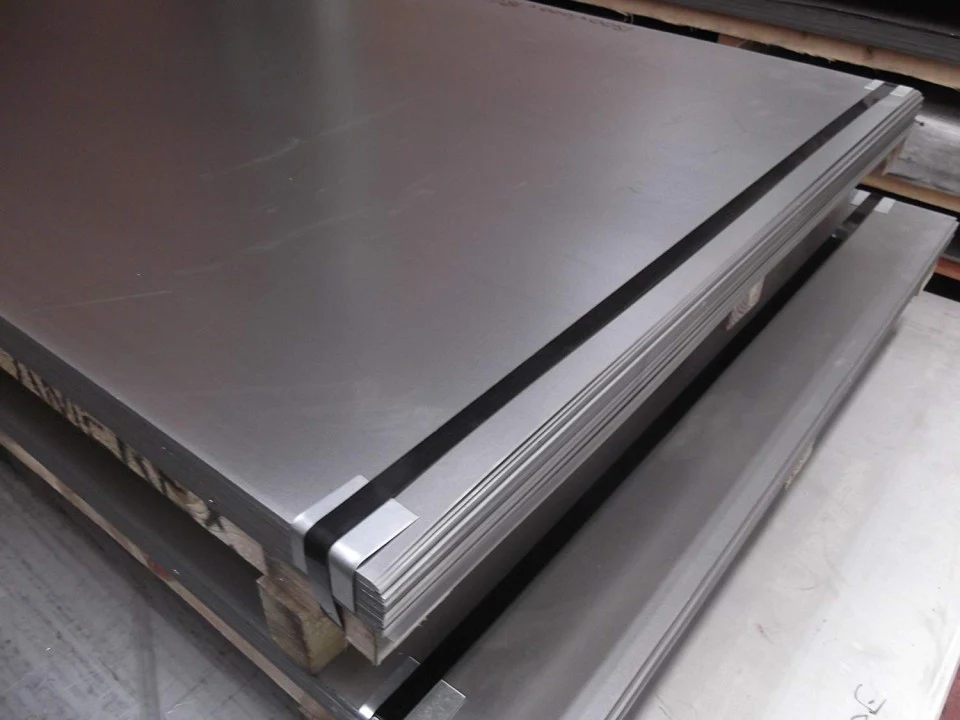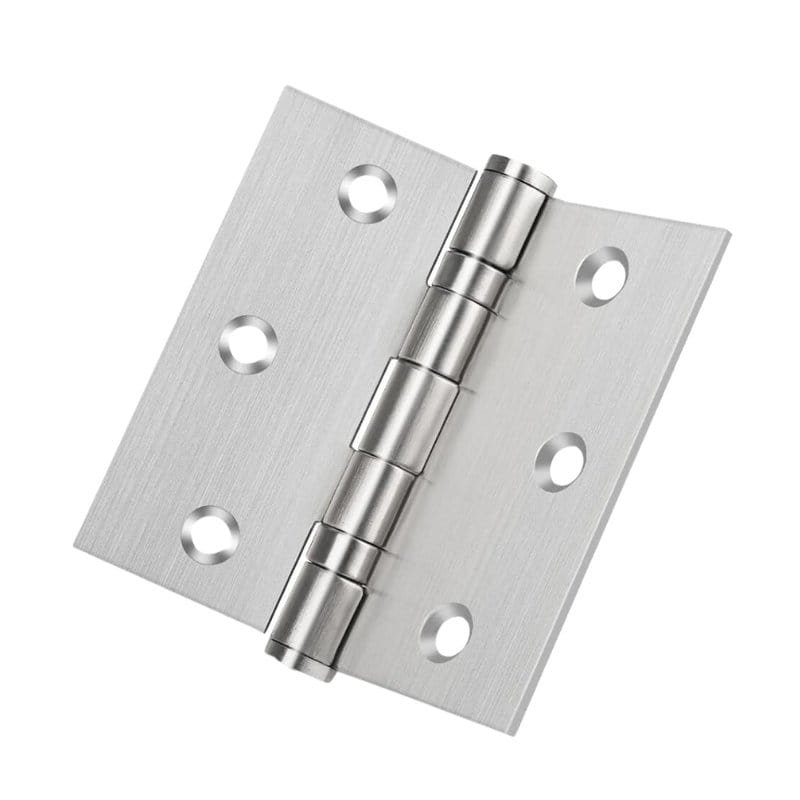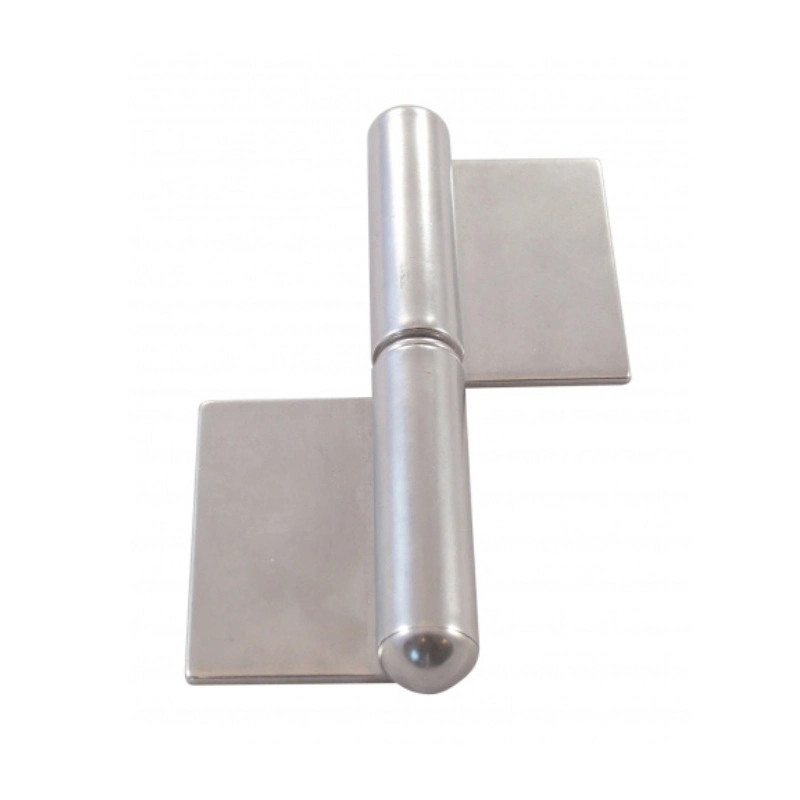- Maison
- Ressources
- Blog
- 18/8 vs. 18/10 Stainless Steel
Stainless steel is a widely used material across a number of industries and does not need an introduction. However, not all stainless steel grades are same. Among the most popular types are Acier inoxydable 18/8 et 18/10 stainless steel, both of which belong to the 300-series stainless steel family. These grades are commonly found in flatware, cookware, and industrial applications, but their differences in nickel content impact their corrosion resistance, shine, and performance.
This article explores the key differences between 18/8 vs. 18/10 stainless steel, helping you understand their properties, benefits, and the best applications for each.
What Does the 18/8 and 18/10 Mean?
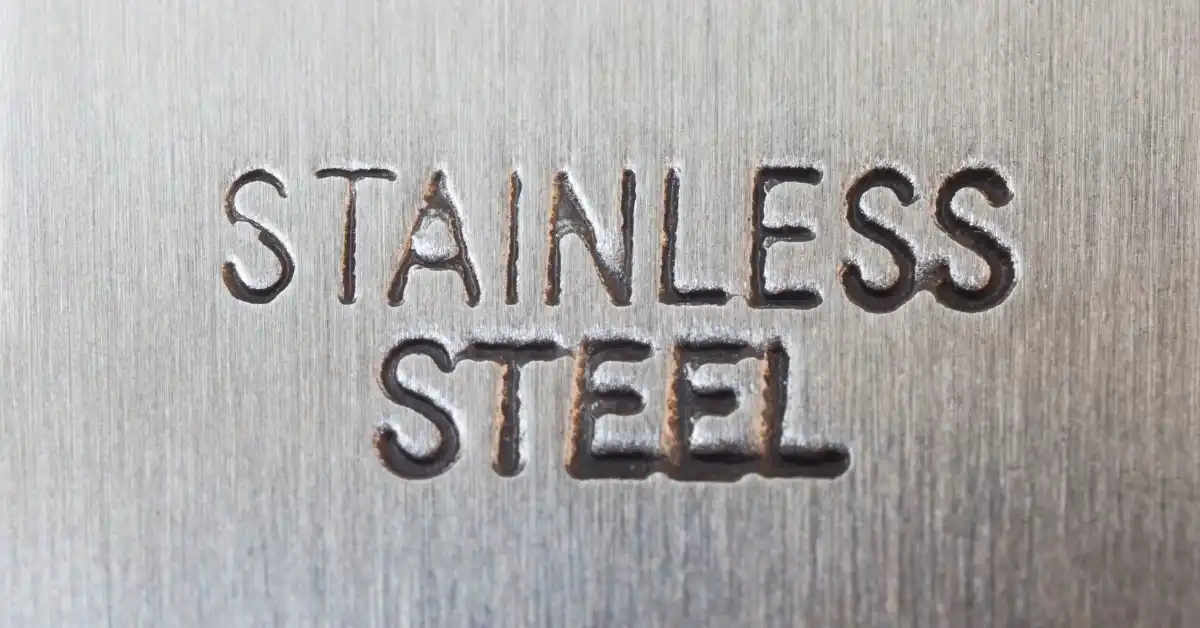
The numbers 18/8 and 18/10 refer to the composition of chromium and nickel in the stainless steel alloy. Putting it simply, the 18/8 Stainless Steel contains 18% chromium and 8% nickel whereas, the 18/10 Stainless Steel contains 18% chromium and 10% nickel.
Chromium is the element responsible for corrosion resistance, forming a passive layer that protects the metal from rust and oxidation. Nickel, on the other hand, enhances durability, shine, and acid resistance, making the material more resistant to staining and pitting. The higher the nickel content, the better the corrosion resistance and shine.
Key Differences between 18/8 and 18/10 Stainless Steel

Résistance à la corrosion
Both 18/8 and 18/10 stainless steel provide excellent resistance to rust, oxidation, and corrosion, but 18/10 stainless steel has a slight edge due to its higher nickel content. The extra 2% nickel makes it more resistant to acidic foods, salt, and harsh cleaning agents, making it the preferred choice for high-end kitchenware and professional cookware.
For applications in a humid environment or using equipment that frequently comes into contact with acidic substances (like tomato sauce or citrus juices), 18/10 stainless steel will offer better long-term resistance to pitting and discoloration.
Résistance et durabilité
Both 18/8 and 18/10 stainless steel are strong and durable, making them ideal for kitchen utensils, cookware, and industrial applications. However, the higher nickel content in 18/10 stainless steel enhances toughness and resilience, allowing it to withstand higher temperatures, frequent use, and harsh cleaning conditions.
For restaurants, commercial kitchens, or households that use cookware extensively, 18/10 stainless steel is the more durable choice.
Shine and Aesthetic Appeal
One of the most noticeable differences between where 18/10 stainless steel has a brighter, shinier, and more polished finish due to its higher nickel content. On the other hand, 18/8 stainless steel still has a good shine but may become dull over time with repeated washing and use.
If you are looking for luxurious, high-end flatware or cookware that maintains its shine even after years of use, 18/10 stainless steel is the superior choice.
Price and Affordability
Due to its higher nickel content, 18/10 stainless steel tends to be more expensive than 18/8 stainless steel. The cost difference can be significant, especially when purchasing large cookware sets or industrial kitchen equipment.
If you are looking for a balance between affordability and performance, 18/8 stainless steel is a great option, as it still provides strong corrosion resistance, durability, and good aesthetics at a lower price point.
Protection against Corrosion
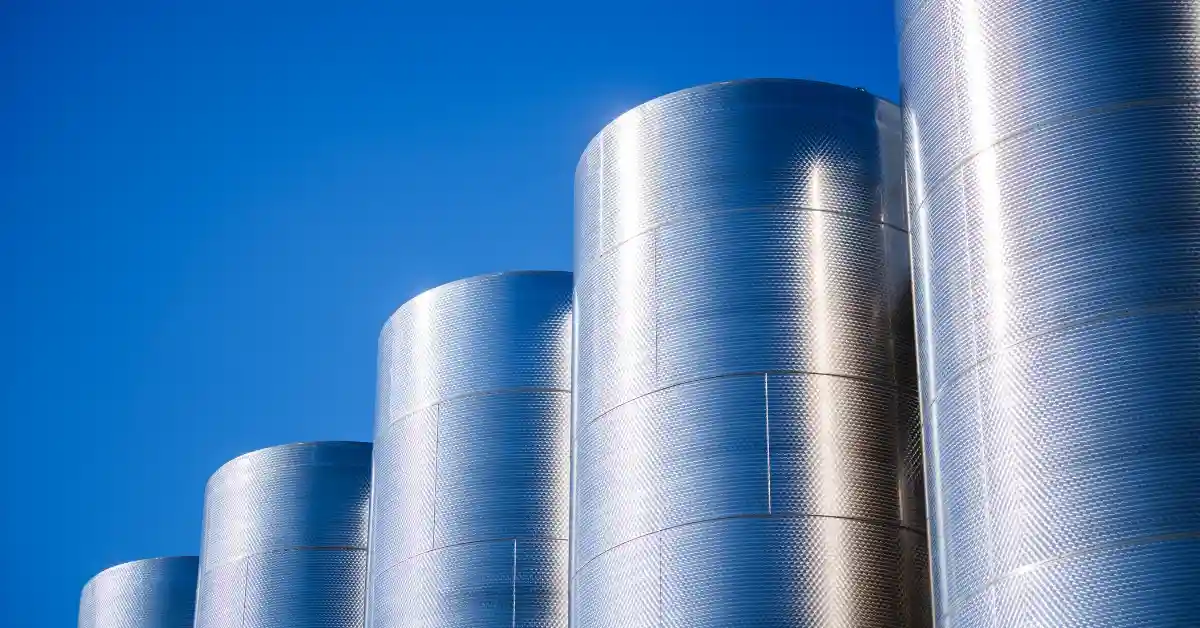
Both 18/8 and 18/10 stainless steel are known for their excellent corrosion resistance, but they are not entirely immune to damage over time. Exposure to moisture, acids, salts, and harsh cleaning agents can gradually wear down the protective oxide layer on the surface, leading to pitting, discoloration, or surface degradation. Taking proper care of your stainless steel products can significantly extend their lifespan and maintain their aesthetic appeal.
To prevent corrosion on 18/8 and 18/10 stainless steel, follow these care practices:
- Regular Cleaning: Washing with warm water and mild soap helps remove food particles, acidic residues, and contaminants that could weaken the protective chromium oxide layer.
- Avoid Harsh Chemicals: Strong chlorine-based cleaners, bleach, and abrasive pads can damage the surface and reduce corrosion resistance. Always use non-abrasive cleaning materials to avoid scratches.
- Thorough Drying: Leaving stainless steel wet for extended periods can cause water spots and mineral buildup. Always wipe dry immediately after washing to maintain a polished surface.
- Utiliser des revêtements protecteurs: Some stainless steel cookware and appliances come with protective coatings to enhance resistance against acids and salts. Periodically polishing with food-safe mineral oils or stainless steel cleaners can also help preserve the shine and durability of your products.
- Minimize Salt Exposure: While 18/10 stainless steel is more resistant to salt and acidic environments, it’s still advisable to rinse cookware and utensils after contact with salt water or acidic foods (like vinegar and citrus juices) to prevent pitting over time.
- Stocker correctement : Keeping stainless steel cookware dry and ventilated helps prevent moisture buildup, which can lead to corrosion in long-term storage.
By following these maintenance practices, both 18/8 and 18/10 stainless steel can retain their strength, appearance, and corrosion resistance, ensuring a longer lifespan and continued high performance in kitchenware, industrial applications, and medical equipment.
Conclusion
Both 18/8 and 18/10 stainless steel are high-quality materials that provide exceptional corrosion resistance, strength, and durability. While they share many similarities, the higher nickel content in 18/10 stainless steel enhances its resistance to stains, acids, and rust, making it the better choice for professional and high-end applications. However, 18/8 stainless steel remains a reliable, affordable, and durable alternative for everyday use.
Découvrez-en davantage avec nos articles de blog.
Messages récents
Découvrez-en plus sur nos produits.
Produits connexes
Devis instantané !
